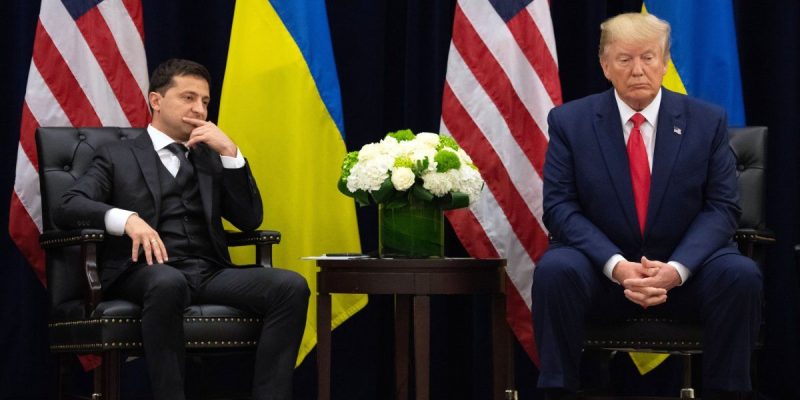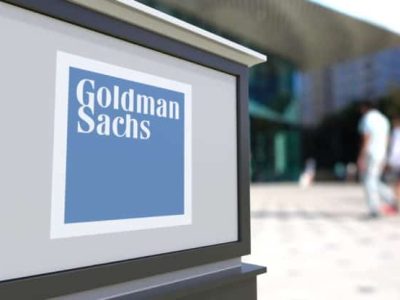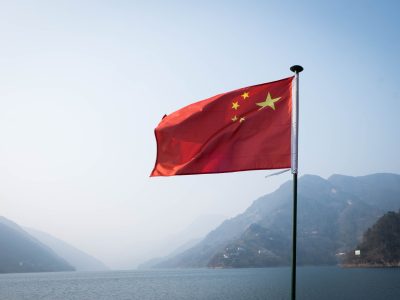
Donald Trump’s re-election as US President has quickly reignited debates over America’s foreign policy direction, particularly concerning the Ukraine conflict.
In a recent discussion with the Ukrainian President, Trump has proposed an 800-mile buffer zone between Ukraine and Russia, enforced not by US troops but by European forces.
This move aims to solidify the ceasefire while freezing Russia’s territorial gains and preventing Ukraine from joining NATO for 20 years.
The plan however, places the onus of peacekeeping directly on Europe, potentially altering US engagement in the region completely.
Over the past few days, Donald Trump has met with both the Ukrainian and Russian presidents.
These back-to-back meetings indicate that the new US President is serious about finding a resolution to this conflict.
European troops to police the zone?
Central to Trump’s proposal is the deployment of British and European troops to maintain a new 800-mile demilitarized zone between Ukraine and Russia.
This initiative not only aims to stabilize the region but also reflects Trump’s broader foreign policy objective to reduce America’s military expenditures and direct involvement overseas.
By shifting the peacekeeping burden to European allies, Trump argues that the US can better allocate its defense resources elsewhere.
The plan occurs as the Biden administration makes a final push to fast-track $9 billion in military aid to Ukraine, a move meant to shore up Kyiv’s defenses before Trump takes office.
Critics argue that Trump’s proposal could strain NATO unity and increase burdens on European nations, which are already grappling with domestic economic issues and rising defense costs.
They fear that increased military spending could be unsustainable for some European economies, potentially leading to deeper financial crises.
Additionally, requiring European troops to police the zone introduces complexities regarding rules of engagement, logistics, and the potential for direct confrontation with Russian forces, complicating an already volatile security situation.
Zelenskyy’s stance
Ukrainian President Volodymyr Zelenskyy has publicly voiced his reservations about the feasibility of Trump’s rapid peace deal, particularly concerning the substantial concessions to Russia that it entails.
Zelenskyy has pointed to past failures, such as the 2014 ceasefire, which led to the loss of Crimea and escalated military conflicts.
This agreement not only failed to bring lasting peace but directly preceded the loss of Crimea and a subsequent escalation in military conflicts.
Zelenskyy contends that a hastily arranged, unenforceable ceasefire under Trump’s current plan could lead to further erosion of Ukrainian sovereignty and territorial integrity.
He argues that any peace efforts must ensure Ukraine’s national integrity and align with its long-term strategic goals, including its aspirations to join NATO.
The Ukrainian leader’s skepticism is rooted in concerns that conceding too much to Russia could set a dangerous precedent, emboldening further aggression not only in Ukraine but across Eastern Europe, thereby undermining the security architecture that has governed the post-Cold War era.
Elon Musk’s involvement
Further complicating the geopolitical narrative is Elon Musk’s unexpected participation in discussions.
Musk, having campaigned vigorously for Trump and provided crucial satellite communications through Starlink to Ukraine, adds a layer of civilian influence rarely seen in diplomatic negotiations.
At the same time however, reports suggest Musk has been in communication with Russian President Vladimir Putin. Together they have been discussing sensitive topics such as Starlink’s operations over Taiwan.
The overall situation has become more complex through Musk’s involvement with many now left wondering about the role of private individuals in public international conflicts.
Will the plan work?
The feasibility of Trump’s peace plan hinges on several complex factors.
First, the demand that Europe take on more responsibility for maintaining peace comes at a difficult moment.
European defense spending is currently under intense scrutiny, and public opinion is sharply divided over increasing military engagements.
Additionally, the success of the plan also depends on Russian cooperation.
Acceptance of the ceasefire and territorial agreements by Russia is crucial, as these issues have historically led to contention and escalation of conflict.
For Ukraine, the stakes couldn’t be higher.
National integrity and future aspirations to join NATO are in jeopardy.
President Volodymyr Zelenskyy’s government faces the daunting task of navigating both internal pressures and a complex geopolitical landscape to secure an outcome that safeguards Ukraine’s sovereignty and aligns with its national interests.
As Trump prepares for discussions with Putin and European leaders, the international community watches closely.
The outcome of these talks could redefine Eastern European security architecture, shift NATO’s strategic priorities, and alter the course of the US-Europe relations.
While the plan proposes a structured approach to resolving one of the most volatile conflicts of the past decade, its acceptance and implementation carry profound implications for all involved, offering a unique lens into the power dynamics and alliances that shape our world today.
The post Trump’s peace plan: can it reset Ukraine’s future? appeared first on Invezz









